

Osteopaths take into consideration all aspects of health and development in their assessment of a baby or child.
It is a common belief that babies and children have no structural or functional stresses. However the reality is different. Birth is the most stressful event that we will experience in our lives. The baby is subjected to enormous forces as the uterus pushes to expel the baby against the natural resistance of the birth canal.
To make this easier the baby’s head is designed to adapt and reduce in size by bending and overlapping of the soft bones of the skull. This is called moulding, and is why many babies are born with oddly shaped heads. The chin is also tucked in, to reduce the diameter.
These are not the only these forces that affect the baby. Complications such as being unduly fast or slow in labour, a caesarean section and the use of forceps or a ventouse can also lead to severe distortion of the baby’s head or lead to the newborns whole system being disturbed.
In the first few days after birth, the head naturally loses much of the extreme moulded shape, aided by suckling, crying and yawning. But this unmoulding process may sometimes be incomplete, especially if the birth has been difficult, and can leave the baby with uncomfortable stresses in the head and/or body. This may cause a variety of problems both in the young baby and later on as the child grows.
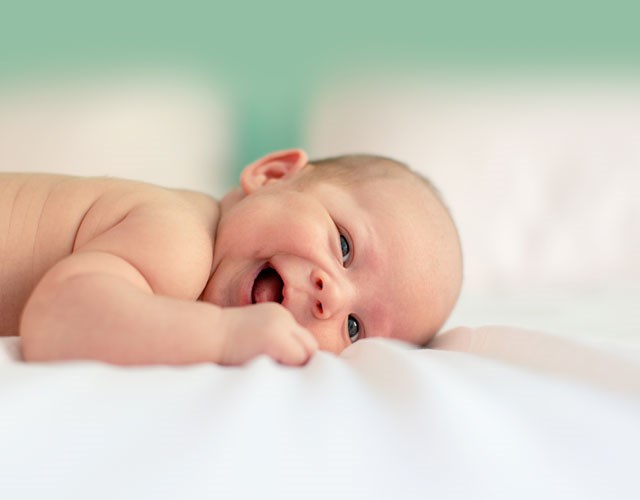
A baby who is uncomfortable may draw attention to something being amiss by:
Once all the usual causes of discomfort such as hunger, tiredness, bringing up wind etc have been dealt with, some babies are still very uncomfortable. Osteopaths consider that this can often be because of physical discomfort.
In a research study conducted by Clive Hayden into the effects of cranial osteopathic treatment on babies, some parents perceived the following changes in their children’s behaviour:
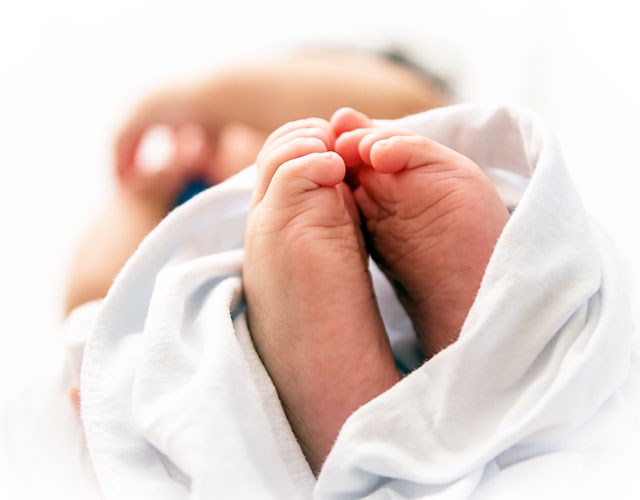
Distortion and asymmetry in the baby’s head at birth often resolves within the first few days. If there is any remaining flattening of one side of the back of the head at birth, even very minor, then the baby naturally tends to lie on the flat area. This can cause the asymmetry to get worse as the baby grows, until ‘flat head syndrome’ or ‘plagiocephaly’ results. Asymmetry in the head can also be associated with spinal asymmetry or scoliosis as the child grows.
Osteopaths are able assess the physical balance and symmetry of the whole body, and to advise on causes and management of plagiocephaly and the development of the spine. The earlier this is begun the less likelihood there is of the head distortion becoming severe.
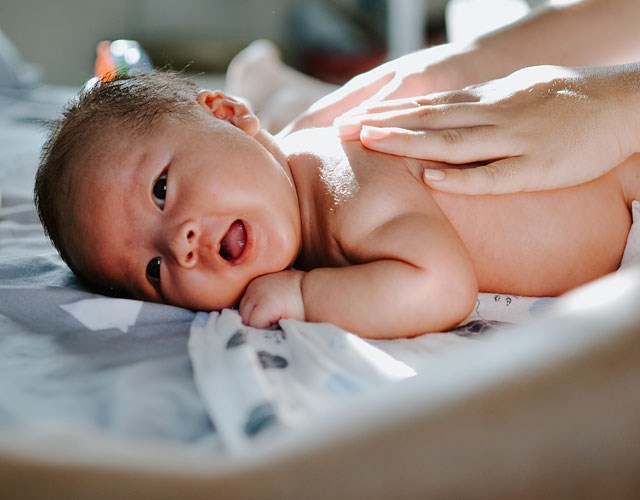
As the child grows, the effects of a difficult birth can make the child more vulnerable to other health problems. Asymmetry in the head, neck and body can lead to postural imbalances and discomfort or tension in the musculoskeletal system of the body. This makes the child fidgety and sitting still can be difficult. A child who cannot sit still due to discomfort or tension may find it more difficult to settle concentrate on sedentary tasks such as drawing, writing and school work.
Accidents and falls in childhood may not be severe enough to cause obvious injury, but the effects are often palpable by a skilled osteopath as areas of strain and tension in the child’s body. This can upset a child’s behaviour and sleep patterns and general health as well as causing aches and pains.
Osteopaths believe that regular monitoring of the developing spine can help to prevent back problems later in life.
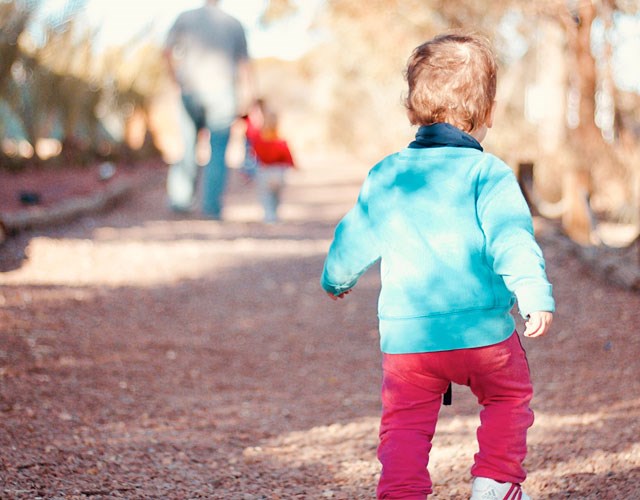
Children may injure themselves and suffer from aches and pains or headaches if their musculoskeletal framework is unbalanced or tense. Osteopaths recommend that any child who complains of pain should be checked by an osteopath.
Osteopathic treatment using the cranial approach is gentle, safe and effective for babies and children. Very specific, skilled, light pressure is applied where necessary to assist the natural ability of the body to release stresses and tensions.
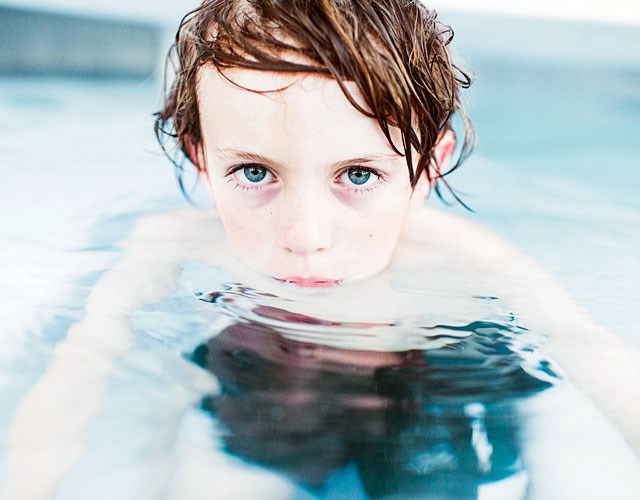
To book an appointment either call the number below or e-mail us. If you have any questions regarding osteopathy, and whether it can help you, a member of your family or an employee please get in touch via email.
Call 028 9068 1018 or email us.
Make an Enquiry